free chlorine low after shocking pool
Pool shock is a super dose of granular pool chlorine that oxidizes chloramines combined chlorine and kills bacteria in the water. Test the water about an hour after you finish to make any needed adjustments.

How To Maintain A Saltwater Swimming Pool Hunker Saltwater Pool Above Ground Pool Pumps Pool Pump
Pool Sanitizers part 1.

. If your total chlorine level is high you will use a non-chlorine shock. The following simple steps should be performed when a pool has been shocked but the chlorine level never rises. The process needs about five to six hours to complete.
We can break all of these possibilities into two categories. The additional Chlorine from the Shock and the Shock Oxidizer. If you just shocked your pool it should have a very high chlorine level.
Alternatively if youre seeing a free chlorine reading above zero despite having less-than-ideal water conditions that can only point to your chlorine being inhibited by the conditions of. Best Time To Shock A Pool To Raise Free Chlorine. Evening or night is the best time to shock the pool.
Shock Your Pool. When the cyanuric level CYA is 30 the minimum free chlorine is 2. If it is low you will use a chlorinated shock.
This time can vary depending on the type of shock used and the free chlorine levels which you should test to make sure it is lower than 5ppm before. Then add a Shock Oxidizer to break up the Combined Chlorine CC also known as Chloramines. If it is low you will use a chlorinated shock.
Unless the water has a sufficient free chlorine level algae will grow and make your pool green and cloudy. The over night loss of 10 is to see if something besides the Sun is getting your free chlorine. If your chlorine levels are low a chlorinated shock is required.
To effectively shock the pool you must quickly raise the free chlorine concentration to 10 ppm or more and you do this the same way as you would in a conventional. Therefore you should let it run overnight. Cyanuric acid helps to keep the chlorine levels from degrading quickly as well.
Bleached-out DPD chlorine test. Another method of breaking chlorine lock is shocking your pool. What Is Pool Shock.
If you still find it difficult to do the calculation simply raise the free chlorine to 10 ppm and allow it. Most chlorinators have a super-chlorinating setting but using this setting wont add enough chlorine quickly enough to kill algae or clear severely clouded water and it isnt a substitute for shocking the pool. You cannot shock a pool now and then.
Both Cal-Hypo and bleach chlorinating liquid will increase pH and TA a little temporarily but as the chlorine gets used up this is an acidic process and the pH and TA a little will come back down. First you will need to test your cyanuric acid level. As a rule you will need to raise free chlorine to 10 times your combined chlorine to hit what is known as break point Therefore it is good to deal with combined chlorine while it is still small.
For cyanuric levels of 50 the minimum free chlorine is 4. We typically see more pools with a high demand for chlorine during spring opening season. If your total chlorine level is high you will use a non-chlorine shock.
When chlorine is added to the pool the UV rays from the sun degrade it quickly. If the combined chlorine is 07 ppm you should raise the free chlorine to about 7 ppm. Balance Your Swimming Pool Water in 7 Easy Steps.
Less than 2000 ppm. The reason is most of the people dont use the pool at this period. As a result even after shocking there is no free chlorine in the pool.
When its 40 the minimum free chlorine is 3. In general after shocking a pool no one should swim in the pool for a minimum of 6 hours and up to 24 hours. Add a clarifier or flocculant in the pool then start your filtration and let it run until the color of the water has become clear again.
Shock your pool when the Free Chlorine FC is low and Combined Chlorine CC is high to raise the FC level to at least 10 ppm. Just to summarize these are three basic chemical requirements for a pool to stay clear. A testing issue and an actual chlorine demand issue.
As a rule you will need to raise free chlorine to 10 times your combined chlorine to hit what is known as break point. Heres a quick crash course when it comes to pool shock. Specifically if youre seeing no free chlorine in your pool even after recently adding chlorine to your water it means your chlorine is either burning off or being consumed very quickly.
Make sure your free chlorine level has returned to 3ppm or less. Next add a pool conditioner until reaching the ideal range 30-50PPM. For every 1 ppm Free Chlorine FC added by Cal-Hypo you also increase CH by 07 ppm.
Chlorine Free Chlorine Ideal range. You can follow the calculation here to determine the amount of shock you should add to your pool. Therefore it is good to deal with combined chlorine while it is still small.
To be safe test your chlorine and pH using a chemical test kit to see if they are in balance. The general guideline is that its safe to swim in a pool 24 hours after shocking it. For normal use your pools pH should be between 74 and 76.
Always Check the Pool Water Chemistry after Shock Chlorination. Bring your chlorine levels to 20ppm or three times higher than the current levels. Or when the chlorine level doesnt remain stable for more than a couple of days.
Shocking depletes combined chlorine and increases free chlorine. Another viable opportunity to shock a pool is right after there has been a. Not all day over the course of 24 hours.
For shocking it should be between 72 and 76. The essence of cyanuric acid is to prevent the rapid degradation of chlorine levels. Generally the ideal range for free chlorine in pool water is 1-3ppm although it depends on your cyanuric acid level and how much you swim.
Once the operation is complete check your skimmer and your filter and clean them if necessary. If you are dealing with a serious alga bloom you will want to make sure the algae is completely removed before entering the pool. It is important to know how long after you shock a pool can you swim and be safe.
Our shock procedure is sustained until all those criteria you read about are met. You test after Sundown and again before sunrise to find out. Like organics in the pool.
We recommend using a non-chlorine oxidizing shock until your free and total chlorine reads the same. Run the pool filter for 8 hours 24 hours for a cloudy pool.

Sun Shock Chlorine Free Pool Ionizer And Purifier Rsi 1000 Chlorine Free Pool Free Pool Ionizer
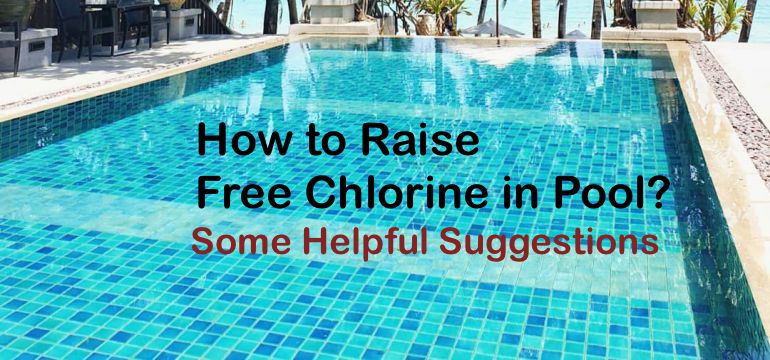
How To Raise Free Chlorine In Pool Some Helpful Suggestions
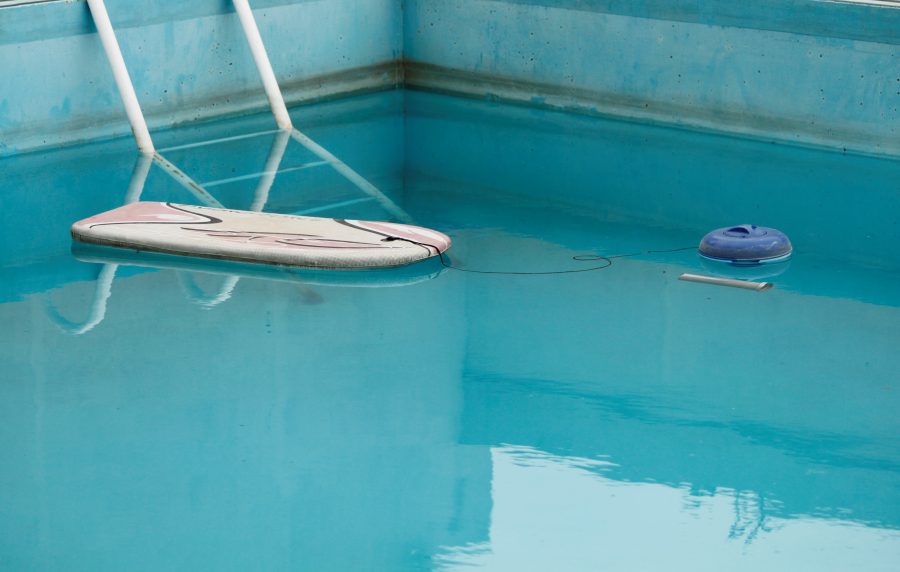
Can Too Much Chlorine Make Pool Water Cloudy

Pin On Swimming Pool Chemicals And Equipments
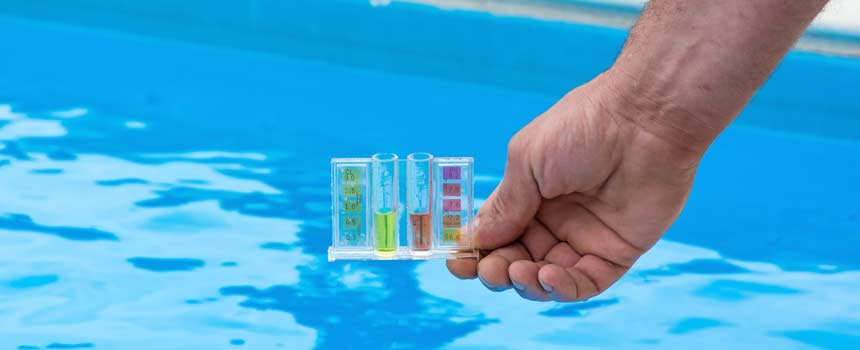
What Are Free Chlorine Combined Chlorine And Total Chlorine Pool Calculator

Raising Swimming Pool Chlorine

Pool Chloramine Disaster When Free Chlorine Level Can T Rise From Zero Hubpages
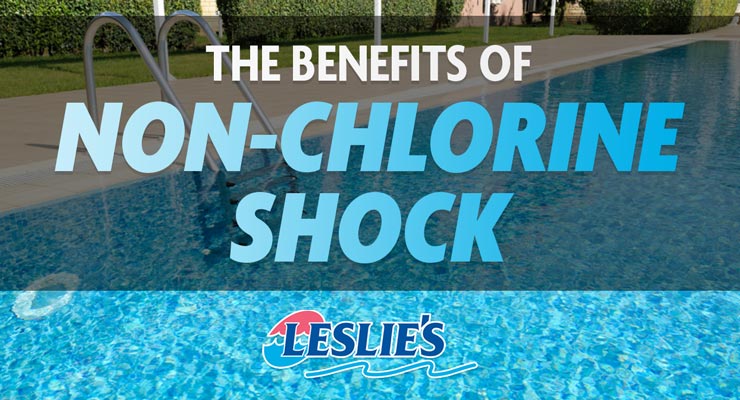
The Benefits Of Non Chlorine Shock

Pool Chlorine Level Not Registering After Shock Lancelhoff

Sun Shock Chlorine Free Pool Ionizer And Purifier Rsi 1000 Chlorine Free Pool Free Pool Pool

The Right Chlorine Shock To Use And How To Shock Your Swimming Pool Swimming Pools Pool Chemicals Swimming Pool Maintenance

I Can T Keep A Free Chlorine Level In My Pool Youtube

Here S How To Break Chlorine Lock In Your Pool Fast
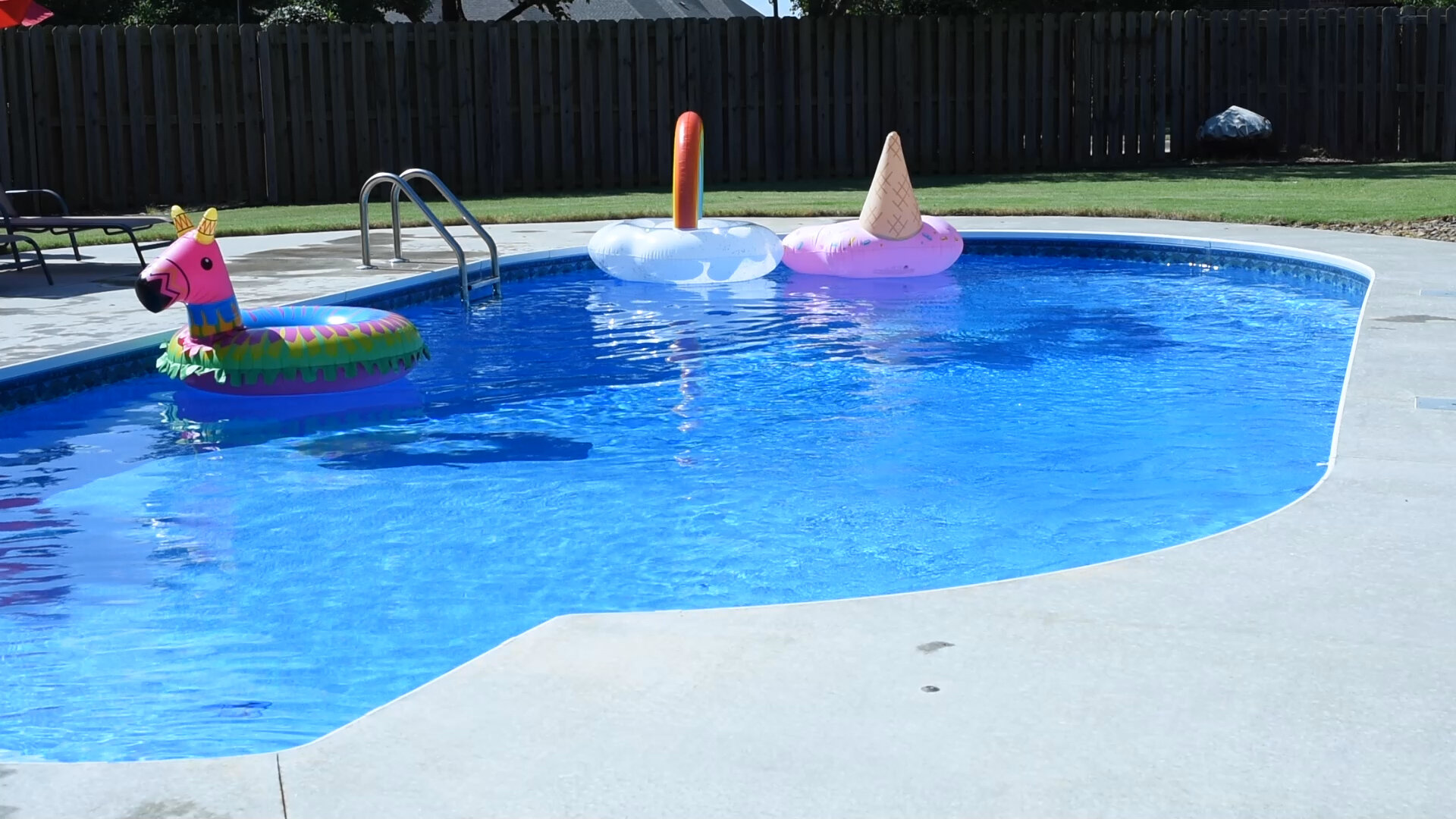
How Long Do You Have To Wait To Swim After Shocking The Pool Your Diy Pool Supply

When To Use A Chlorine Free Shock Oxi Chlorine Free Shock Oxidizer Clorox Pool Spa Youtube

Sun Shock Chlorine Free Pool Ionizer And Purifier Rsi 1000 Chlorine Free Pool Free Pool Solar Pool Heater

What To Do If Total Chlorine Is Higher Than Free Chlorine Hot Tubs And Swimming Pool

How To Raise Free Chlorine In Pool Tips Tricks Included Livingproofmag
